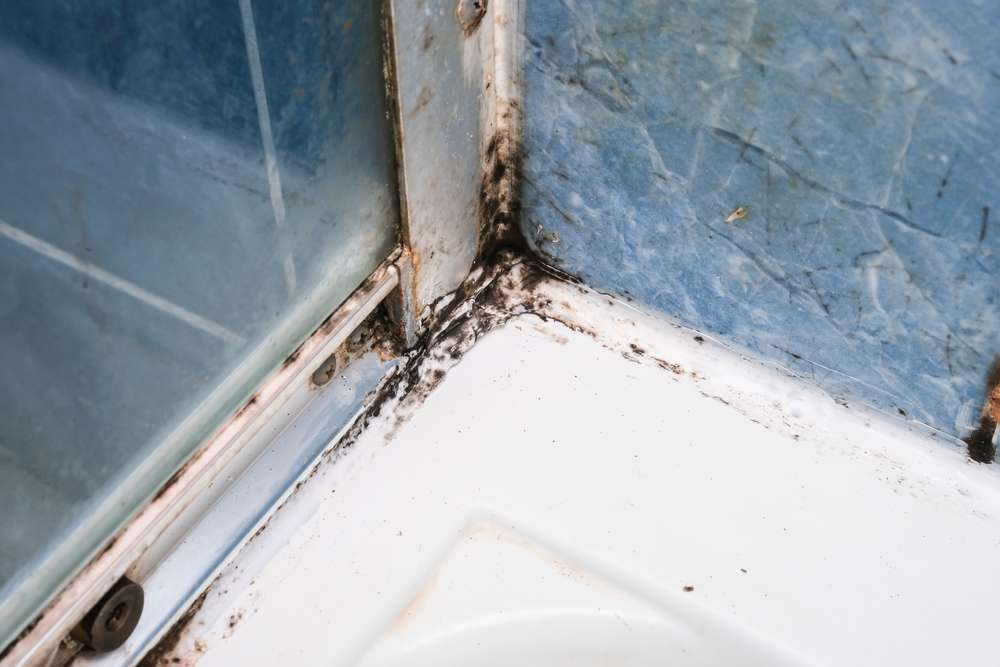Tips for Removing Shower Mold and Preventing Regrowth
Shower mold is one of the most persistent problems homeowners face, thriving in the warm, humid environment that bathrooms naturally provide. This unsightly and potentially harmful fungus not only creates an unpleasant appearance but can also pose health risks to you and your family. Understanding how to effectively remove existing mold and implement prevention strategies will help you maintain a clean, healthy bathroom environment for years to come.

How to Remove Shower Mold Effectively
The key to successful mold removal lies in choosing the right approach for your specific situation. Start by assessing the extent of the mold growth and identifying affected areas, including tile grout, caulking, and shower surfaces. For light to moderate mold growth, you can tackle the problem using common household items. Create a solution using one part white vinegar to one part water, or mix baking soda with water to form a paste. Apply your chosen solution to the affected areas and let it sit for 15-20 minutes before scrubbing with an old toothbrush or soft-bristled brush.
For more stubborn mold growth, consider using a bleach solution by mixing one part bleach with ten parts water. Always ensure proper ventilation when working with bleach and wear protective gloves and eyewear. Apply the solution, allow it to work for several minutes, then scrub thoroughly and rinse completely with clean water.
DIY Tips to Remove Shower Mold Safely
Safety should be your top priority when undertaking any mold removal project. Before beginning work, open windows and turn on exhaust fans to ensure adequate ventilation. Wear protective equipment including rubber gloves, safety goggles, and a mask to prevent inhalation of mold spores and cleaning chemicals.
Start with the gentlest cleaning method possible and escalate to stronger solutions only if needed. Tea tree oil mixed with water creates an effective natural antifungal solution, while hydrogen peroxide can serve as an alternative to bleach-based cleaners. When scrubbing, work in small sections and avoid spreading mold spores to unaffected areas. After cleaning, thoroughly dry all surfaces using clean towels or allow air circulation to complete the drying process.
Always dispose of cleaning materials properly and wash your clothes immediately after completing the work. If you experience respiratory issues or if the mold covers an area larger than 10 square feet, consider consulting professional mold removal services in your area.
Mold Removal Spray Options and Applications
Commercial mold removal sprays offer convenience and targeted effectiveness for shower mold problems. These products typically contain antimicrobial agents specifically formulated to kill mold spores and prevent regrowth. Popular options include Concrobium Mold Control, which works without bleach or harsh chemicals, and Tilex Mold & Mildew Remover, known for its quick-acting formula.
When selecting a mold removal spray, read labels carefully to ensure the product is suitable for your shower surfaces. Some sprays work better on tile and grout, while others are formulated for various bathroom materials. Apply the spray according to manufacturer instructions, typically allowing the product to sit for the recommended contact time before wiping or rinsing.
For ongoing maintenance, consider using preventive mold sprays monthly to inhibit new growth. These products create a protective barrier that makes surfaces less hospitable to mold development.
| Product Name | Manufacturer | Key Features | Average Cost |
|---|---|---|---|
| Concrobium Mold Control | Concrobium | No bleach, crushes mold spores | $8-12 per 32oz |
| Tilex Mold & Mildew Remover | Clorox | Fast-acting bleach formula | $4-7 per 16oz |
| RMR-86 Instant Mold Stain Remover | RMR Brands | Professional strength, quick results | $15-20 per 32oz |
| CLR Bath & Kitchen Cleaner | CLR | Multi-surface, removes soap scum | $6-9 per 28oz |
Prices, rates, or cost estimates mentioned in this article are based on the latest available information but may change over time. Independent research is advised before making financial decisions.
Preventing Mold Regrowth in Your Shower
Prevention remains the most effective long-term strategy for managing shower mold. Focus on controlling moisture levels, which serve as the primary catalyst for mold growth. Install and regularly use exhaust fans during and after showers, leaving them running for at least 30 minutes post-shower to remove excess humidity.
Wipe down shower walls, doors, and fixtures after each use to eliminate standing water. Pay special attention to corners, caulk lines, and areas where water typically accumulates. Consider applying a water-repelling shower spray to surfaces weekly, which helps prevent water adhesion and reduces moisture retention.
Inspect and maintain caulking regularly, replacing deteriorated sections that can harbor mold growth. Ensure proper ventilation throughout your bathroom by keeping doors open when possible and addressing any plumbing leaks promptly.
Long-term Maintenance and Professional Considerations
Establishing a regular cleaning routine will significantly reduce your chances of dealing with major mold problems. Weekly cleaning with mold-preventing products, monthly deep cleaning of grout lines, and quarterly inspection of all bathroom sealing materials will help maintain a mold-free environment.
If mold problems persist despite your best efforts, or if you notice a musty odor that cleaning cannot eliminate, professional assessment may be necessary. Local mold remediation specialists can identify underlying moisture issues, such as leaks within walls or inadequate ventilation systems, that contribute to recurring mold problems.
Professional services become essential when dealing with extensive mold growth, mold in hard-to-reach areas, or when family members experience health symptoms potentially related to mold exposure.
Maintaining a mold-free shower requires consistent effort and the right approach, but the investment in time and proper products pays dividends in health benefits and home maintenance. By combining effective removal techniques with robust prevention strategies, you can successfully manage shower mold and create a cleaner, healthier bathroom environment.
This article is for informational purposes only and should not be considered medical advice. Please consult a qualified healthcare professional for personalized guidance and treatment.




